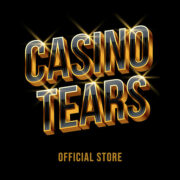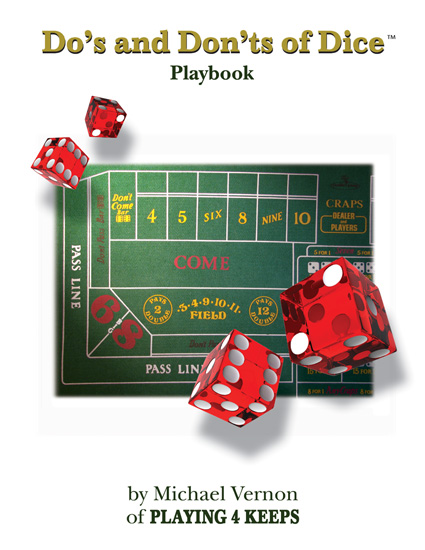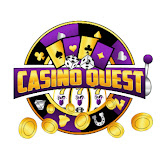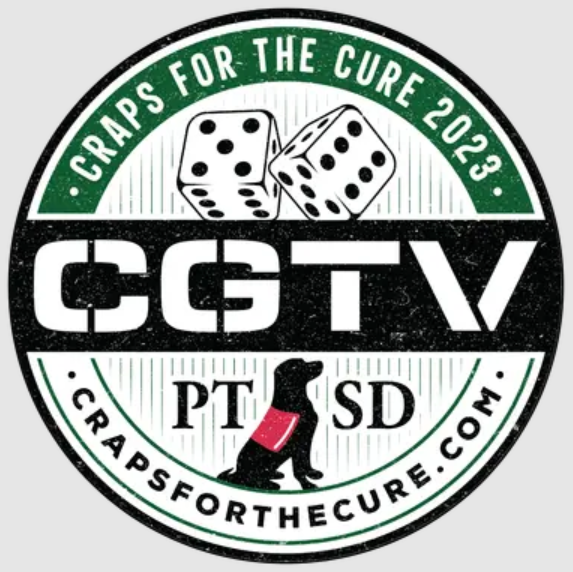|
Ask The Professor:
BY: Michael Vernon
Professor, I have posed my question to various "Dice Controllers" and the response I get leads me to think that I'm just failing at posing my question clearly. So forgive me for the expanded explanation. First, I'll share with you how I have been posing my question, and then I'll expand to my new way of posing it.
Original question: I'm building a practice rig at home and I want to create a surface that will have the same bounce properties as the average bounce in Las Vegas strip. So what materials should I have on top of the wood surface to accomplish this average bounce?
Typical answer that I get: Well there is no average bounce in Las Vegas because each table is a bit different than the others. Some are very bouncy while others are not so bouncy and some are in between.
Modified new way of posing the question: Let me start by defining the word "Average". Average means that you add up all the instances and divide by the number of instances. So if you were to rate the bounciness of a Craps table in Vegas, you might for example rate each table on a scale of 1 to 10 given the same exact throw. So a rating of 1 would mean that this table bounces less than any other table in Las Vegas while a rating of 10 would mean that the dice bounce more than on any other table in Vegas. Some tables would have a rating of 1 or 2.4 while other bouncier tables would have a rating of 7 or 8.2, for example. But all tables would be rated between 1 to 10. One could calculate the average by rating all the tables in Vegas and adding up all those ratings and then dividing by the number of ratings. The result would be a number between 1 and 10. That said, I know that no one has ever done this rating task. So my question is without going through the rating process of every table in Vegas, can you use your experience and knowledge of how tables are built and how dice bounce to give me some clue as to what I should put under my layout in my effort to simulate the average table bounce in Vegas?
I have a casino layout that has the white linen backing that most of them have (called "rubber backed craps layout"). But under the layout, between the layout and the wood, there seems to be something underneath that somewhat adds to the bounce. Is it 1/4 inch closed cell rubber foam or is it just a couple of layers of felt, or is it news paper under the layout, or something else. What do you think I should use under my "rubber backed casino layout" to reach my goal?
Thanks, Alex
Answer:
To reach your goal you need to change your paradigm about matching the average table condition for practice. It is a bit like being an all season driver. Learn to drive your car on dry roads, wet roads, foggy roads, snowy roads, icy roads, in the dark and in the light. In the same way you must learn to adjust and adapt your play to different table conditions.
What lies under the felt is up to the casino’s whim, often there nothing under the layout but the hardwood. Sometimes there will be a few layers of newspaper. Some tables have additional thin padding of some sort. However, too much cushion makes for a bouncy table and there is no profit in chasing dice for the casino. If it were me, I’d have nothing under the felt and advise you to set up your practice table that way.
The table is one inch solid plywood. The bounce is a result of the type of layout the casinos choose to use. What you find on a table today may not be there next month. Layouts get dirty, wear out and get replaced. Casinos do not purchase their layouts from the gambling novelty store down the street. There are several styles to choose from depending on the backing as well as a choice in surface fabric, natural and synthetic materials to consider.
I suggest that your home practice table is not directed to a specific table condition or “average” table condition. I suggest that you practice at home to become skilled with the art of dice influencing for any table conditions. When you have developed the skill adequately, it is then a matter of finding your preferred table. However, you are not limiting yourself in anyway. Last thing I’d want is to be limited to only one “perfect” table. You develop the confidence from having mastered your skill and as such, you know how to adjust your toss to best fit any table’s condition. In other words, you do not train to a specific table condition, you learn to drive on any road surface and be good at it!
Consider how the dice react on the table surface before playing and then decide if you will invest your time and money. If you don’t like what I see, don’t play.
Several years ago, a list of all Las Vegas casinos, and their table conditions were ranked and posted on dicesetter.com. The source of the information in Las Vegas could not keep the information current because of the constant changes in tables and table surfaces. In addition, it was subject to one man’s opinion. Numerous readers disagreed with the findings that were posted. It seemed that craps players tended to be biased with their preference for casinos and tables. Who would have guessed? Example: I like playing at the Mirage. Dice Coach will not play at the Mirage, Soft Touch will play at Mirage, but prefers Bellagio. Who’s right?
In the end, it is not about being right or wrong but mastering the skill so you are able to adjust to the prevailing table conditions. You will never have home court advantage, that is, the same conditions in the casino as the conditions you practice on at home. Unless, of course, you have a table from that casino and the casino maintains their tables just like your home version. Broaden your concept to encompass a more holistic view of how to advance your game with dice influencing.
The Professor
Copyright 2009 Michael Vernon
Click Here to return to the list of prior articles ...
|
 |










